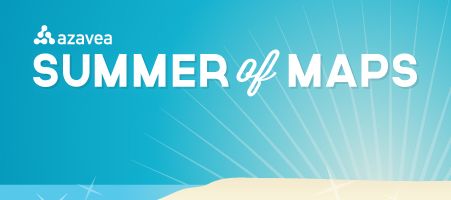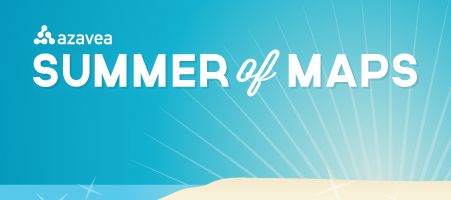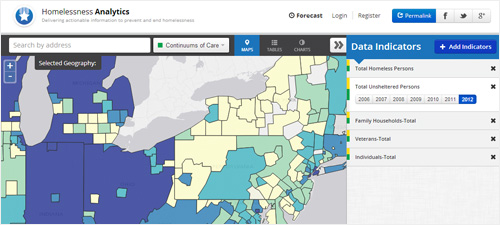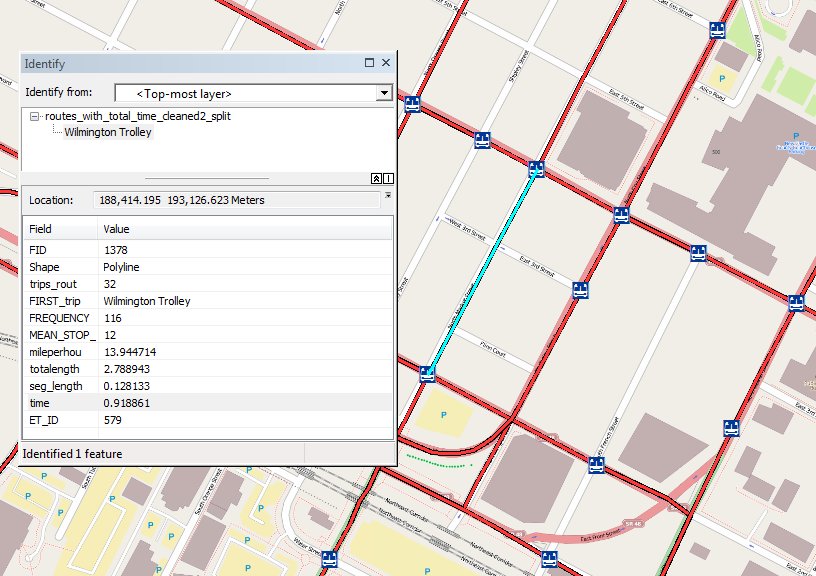All blog posts
<- View categories
-
Efficient Delegation Using the Objective C Reflection API
In this post we describe how to replace boilerplate delegation methods with two methods using the reflection API of Objective C.
-
Efficient Delegation Using the Objective C Reflection API
In this post we describe how to replace boilerplate delegation methods with two methods using the reflection API of Objective C.
-
Using Raster Analysis in ArcMap to Create a Normalized Weighted Risk Index
Learn how to conduct a raster analysis in Esri Arcmap to create a normalized weighted risk index, explained in the context of an Azavea Summer of Maps project completed for the Delaware Valley Association for the Education of Young Children.

-
Announcing VDD Core
In this post we roll out VDD Core, a Clojure open source library.
-
Accounting for Uncertainty with Empirical Bayes Smoothing
In this blog, we describe our experience accounting for uncertainty with empirical bayes smoothing.

-
The Homelessness Analytics Application: Access to Hundreds of Homelessness Indicators Nationwide
In this post, we feature a new homelessness analytics application that provides access to hundreds of homelessness indicators nationwide

-
Using GTFS Data to Generate Bus Routes with Travel Time
We outline our work on a tool that allows the DPR’s GIS department to input the type of recreation (such as playgrounds, basketball courts, swimming pools, etc.), buffer around those locations and summarize the population within those buffers using GTFS data.

-
New Web-based Application Provides Critical Information on Homelessness Nationwide
The Homelessness Analytics application provides users with access to national, state, and local data about homelessness among both veterans and the general population including risk and protective factors, support services and resources.
-
Github pull requests made easy
In this post, we cover how to simplify the Github pull request process.
-
Using Git Log to Show Last Month's Commits
In this post we discuss our experience using Git Log as a record of commits for a set period of time.
-
Viewing Raster Data with GeoTrellis 0.8.1
In this blog post, we’ll take a look at some Pennsylvania elevation data using the new GeoTrellis admin tool.
